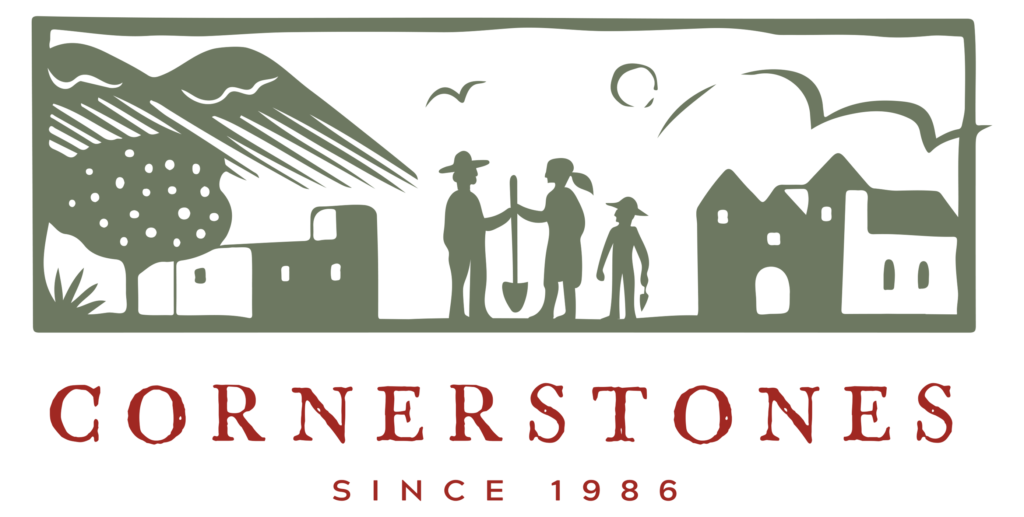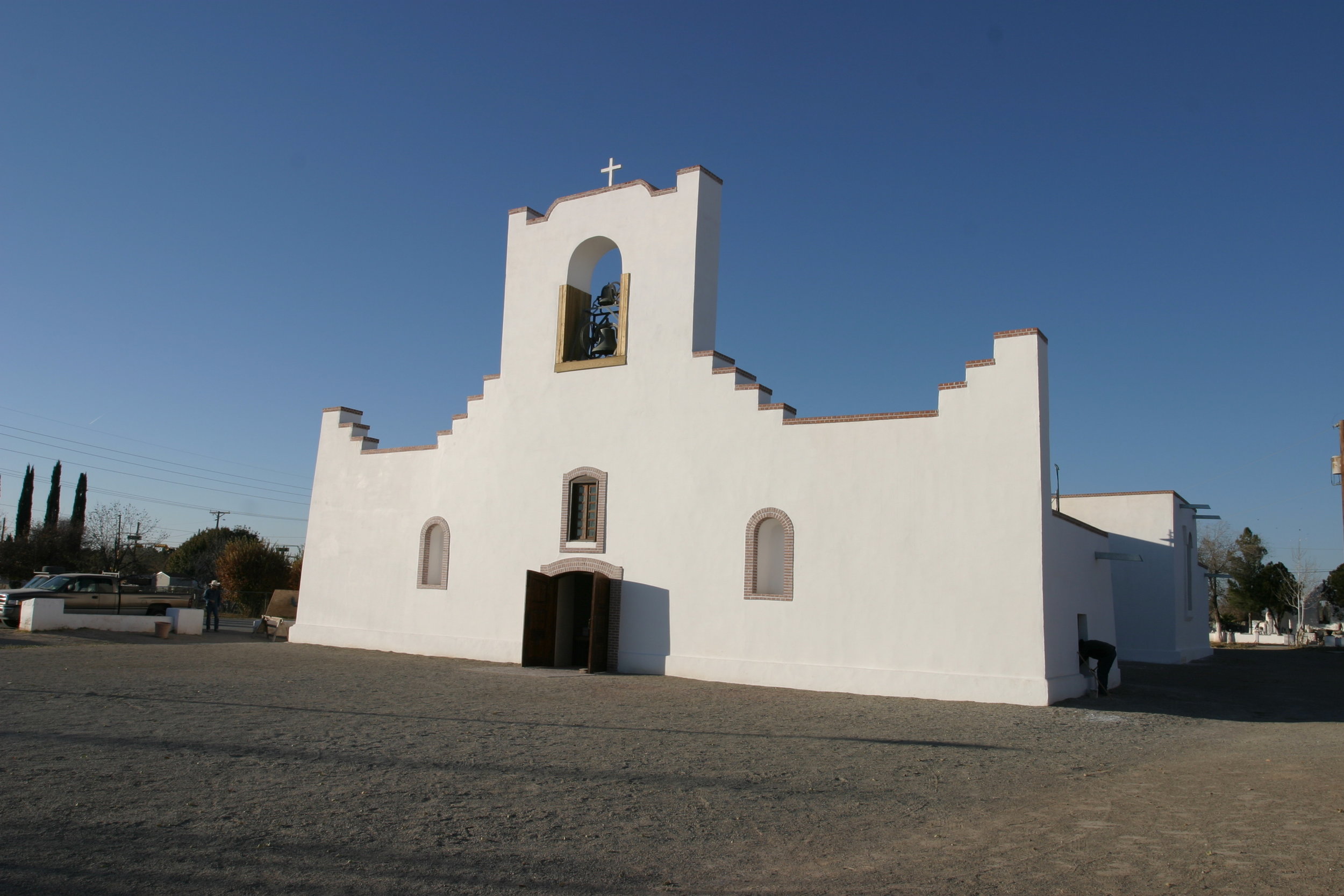According to Rogeria Olivas , she has spent “99% of her life” in the village of La Jara, New Mexico, where “99% of the people are related.” La Jara is about 4 miles from Cuba, at the base of the stunning San Pedro Mountains. “I used to think I would move far away from here. Now, I live about a mile from my childhood home…I just couldn’t go too far.” That home was gutted by fire a few years ago, and is one of so many adobe ruins that dot the New Mexico countryside. Another building that would have been destined for collapse if it weren’t for Roger’s family and the community, is the Oratorio de Jesus Nazareno. It was constructed, probably in the 1920’s, by Hermanos Penitentes in the area, where the brotherhood was strong. Though her parents were not Penitentes themselves, they were very devout, and some of Roger’s fondest memories are of Holy Weeks spent at the Oratorio. “We would worship the stations of the cross outside the building. It was a break from the work in the fields – the cows, chopping wood…it was our vacation spot.” When the last of the old Penitentes died, approximately 25 years ago, the Oratorio was basically abandoned and the adjacent morada eventually collapsed. It is a small river rock and mud structure, built using forms, and very unique for the region. Roger, along with her two brothers Felix and Sosteno Gutierrez (pictured below), have taken the lead in restoring the building with volunteers from the area. “Normally you can’t convince my brothers to do anything,” she jokes, “but they know this place is special.” They have begun rebuilding the north wall, and have plans to re-plaster with mud on the outside and lime on the inside, put in a perimeter drainage system and restore the windows and door.
“We always had this place in our minds, and had discussed ways to try and fix it up. One day, a lady from Santa Fe (Marina Ochoa, from the Archbishop’s Commission for the Preservation of Historic New Mexico Churches) was asked to look at the building, and told us we should call Cornerstones.” They gathered donations from the community, including those who had moved away from La Jara, and began in earnest last summer. They hope to be finished by this fall. “Sometimes I get in trouble for coming out here and acting like the boss…but we’ll get it done.” Roger is a leader by nature, and isn’t afraid of being busy – she is the manager of the Frostee Freez in Cuba, and between her and her husband, they have 12 children and 26 grandchildren, with another on the way. Work on the Oratorio, she and the others do in their spare time, with help from whomever is willing. If you consider heading out for a workday, Roger says: “We don’t turn down any volunteers, and if you come out and work, you’ll be fed well.”
































